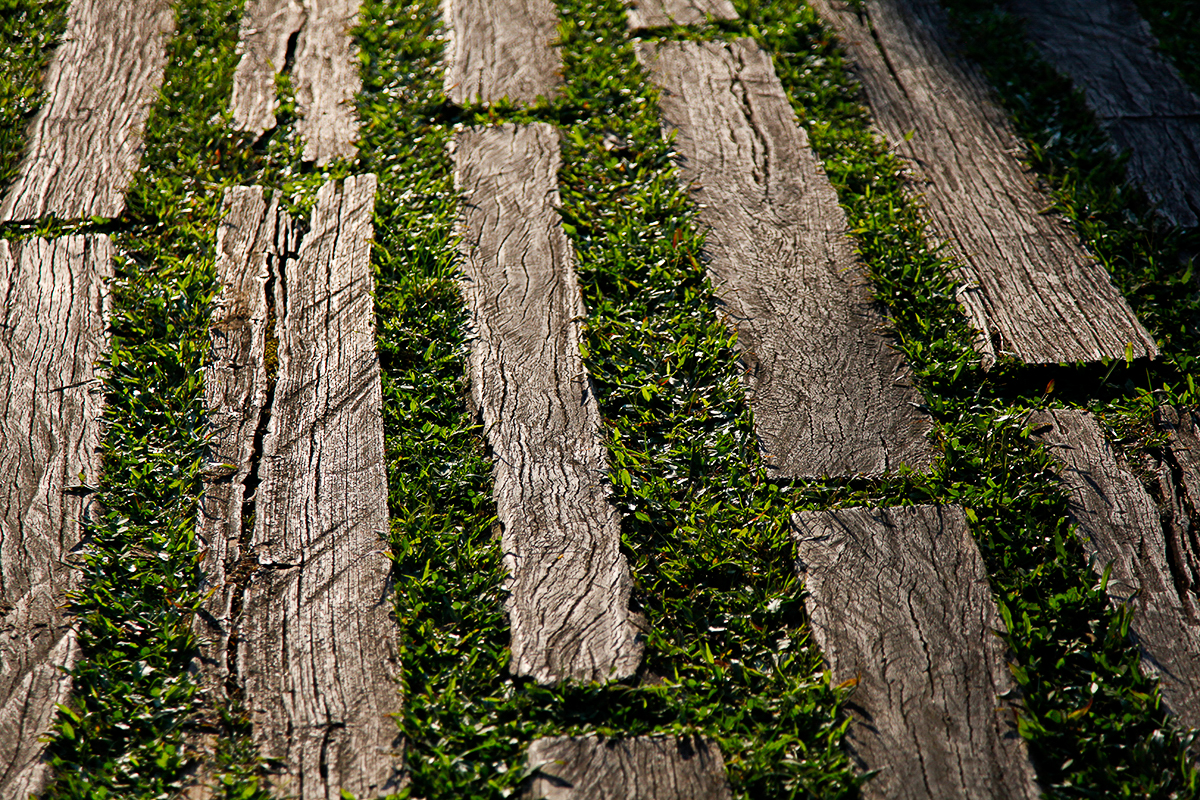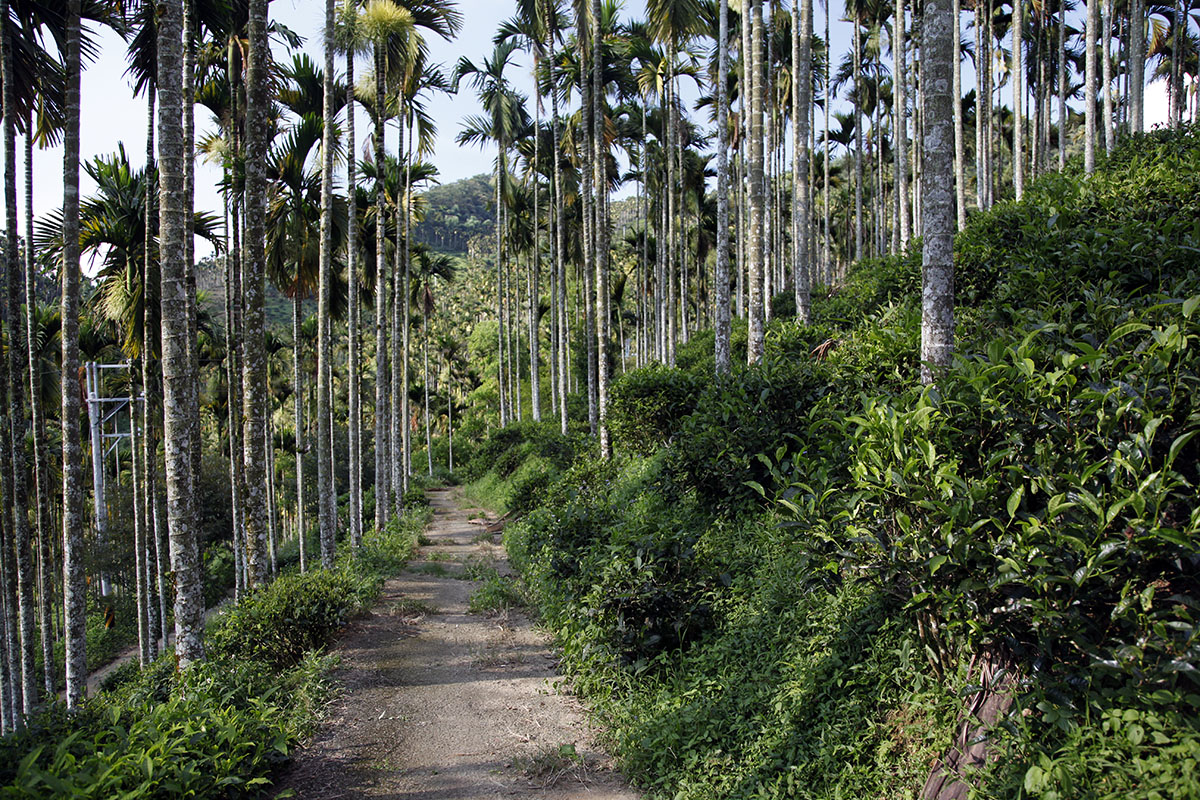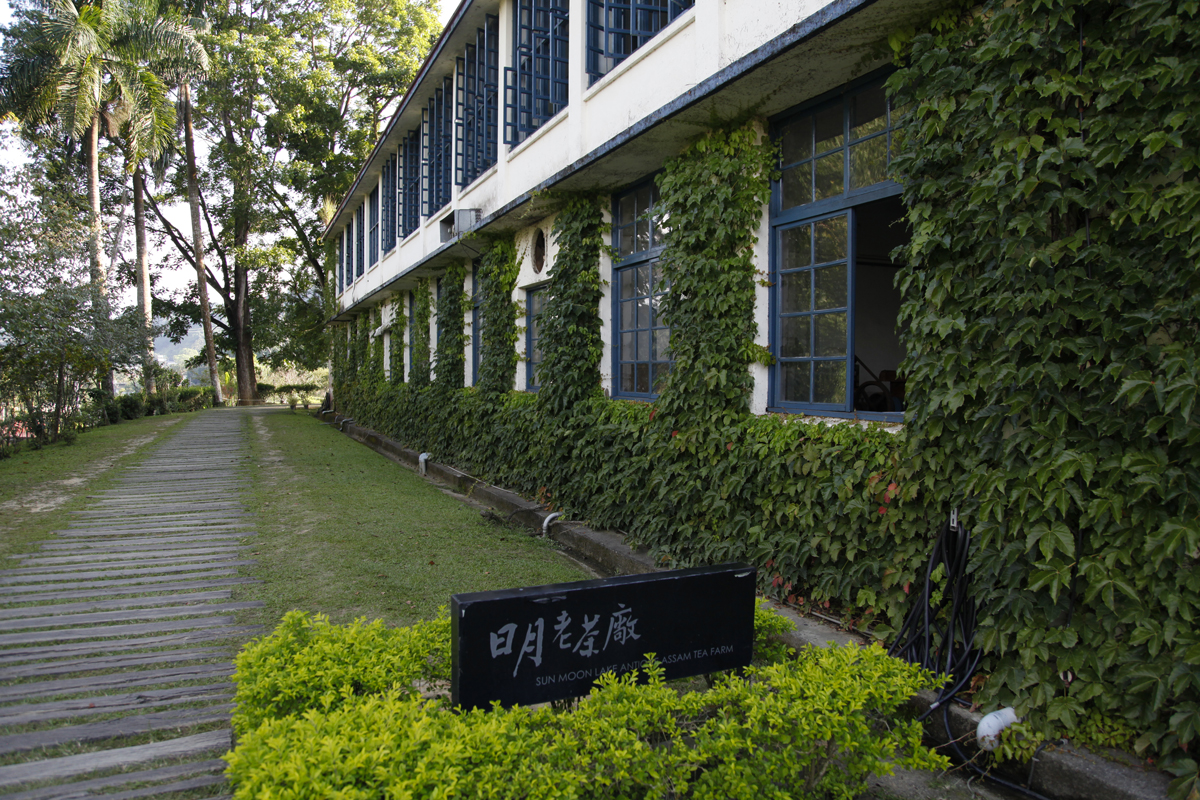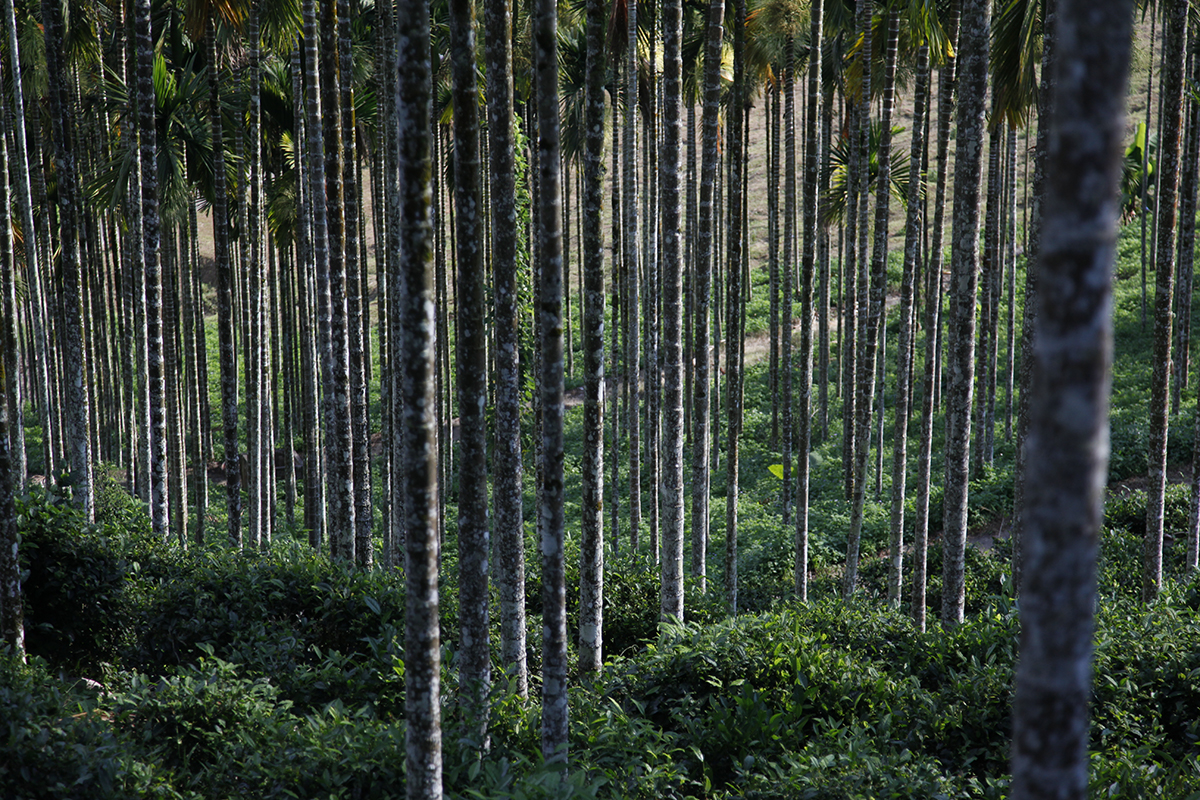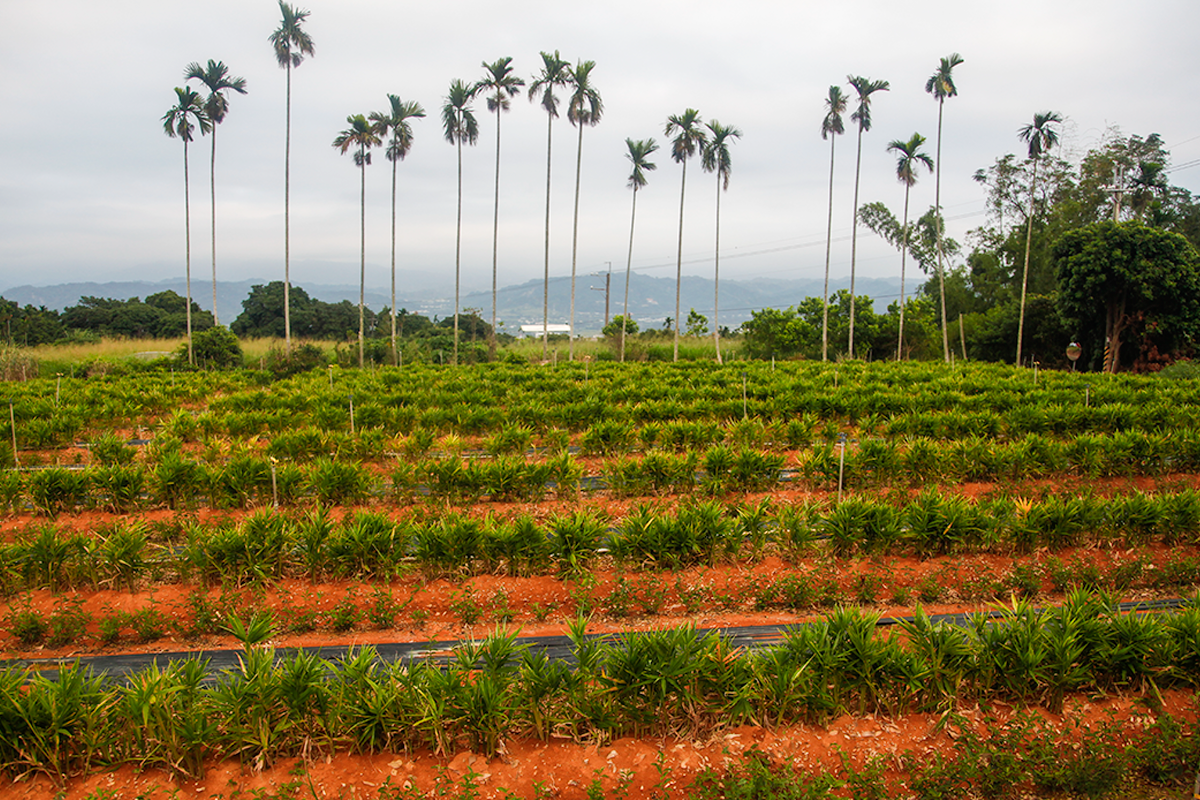
It is common for tea to be grown alongside other crops. This can be seen in various countries, where tea bushes are cultivated among peanuts, coffee plants and tall palm trees. Here, in the Taiwanese hills, young camellias have just been planted between rows of ginger. It will be a while before their leaves can be harvested. This combination requires careful management, as ginger is vulnerable to attack by various pests. These must be controlled to avoid losing the crop, preferably using products that comply with organic standards. As a precaution, it is therefore essential to get the tea plants analysed by a laboratory.

